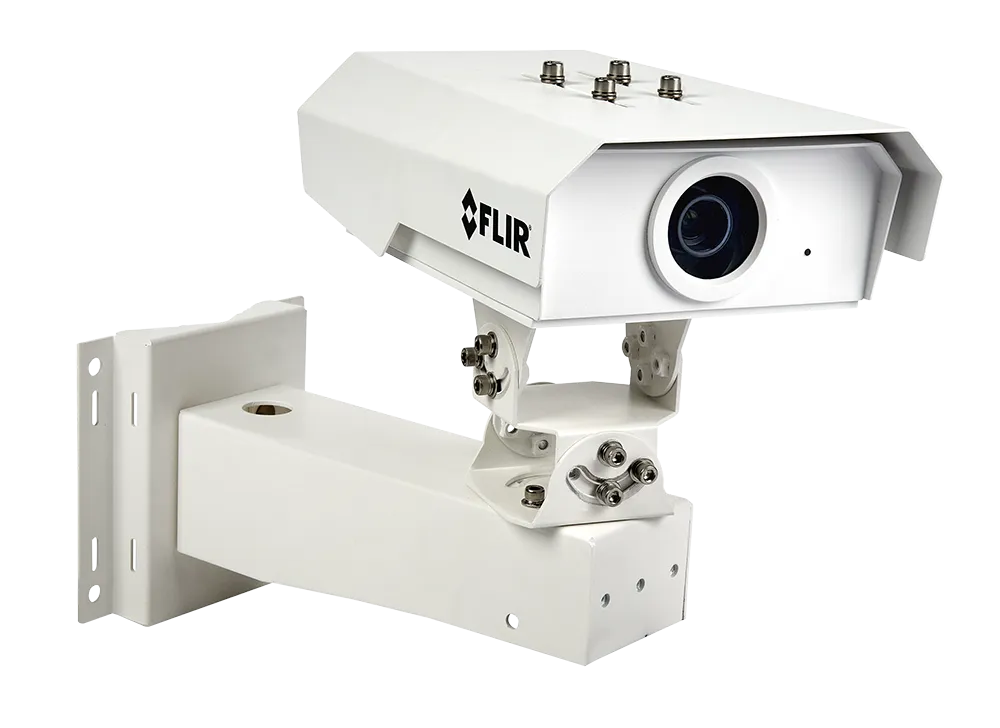Point Grey, one of the world's largest and most innovative manufacturers of industrial digital cameras for machine vision, bioscience, traffic, and GIS applications is celebrating 15 years in business. Founded in 1997, the company has evolved from a handful of university students to a thriving global business pushing the boundaries of imaging technology. The company has grown to offer a comprehensive portfolio of over 115 camera models used in a variety of industries including machine vision, bioscience, tr
July 3, 2012
Read time: 2 mins
RSS541 Point Grey, one of the world's largest and most innovative manufacturers of industrial digital cameras for machine vision, bioscience, traffic, and GIS applications is celebrating 15 years in business. Founded in 1997, the company has evolved from a handful of university students to a thriving global business pushing the boundaries of imaging technology. The company has grown to offer a comprehensive portfolio of over 115 camera models used in a variety of industries including machine vision, bioscience, traffic, and GIS.
Point Grey’s history reads as a list of ‘firsts’. In 2004, the company introduced the world’s first IEEE 1394b (FireWire) camera. In 2009, the company demonstrated the world’s first USB 3.0 camera and since 2011, holds the title for the world’s smallest GigE camera. These achievements were made possible by the synergies of a broad range of hardware, software and mechanical engineering skills under one roof in Richmond, BC, Canada. The company is currently expanding its headquarters and manufacturing facility which includes its SMT line where Point Grey has been building its own electronics since 2005.
“What started out 15 years ago has organically grown into a flourishing business with 150 people in five international offices with a reputation for quality and unbeatable price-performance,” says Rod Barman, Point Grey co-founder and president. “We are all very proud of this milestone and are grateful to our employees, customers, distributors, partners for their support and commitment over the years.”
Point Grey’s history reads as a list of ‘firsts’. In 2004, the company introduced the world’s first IEEE 1394b (FireWire) camera. In 2009, the company demonstrated the world’s first USB 3.0 camera and since 2011, holds the title for the world’s smallest GigE camera. These achievements were made possible by the synergies of a broad range of hardware, software and mechanical engineering skills under one roof in Richmond, BC, Canada. The company is currently expanding its headquarters and manufacturing facility which includes its SMT line where Point Grey has been building its own electronics since 2005.
“What started out 15 years ago has organically grown into a flourishing business with 150 people in five international offices with a reputation for quality and unbeatable price-performance,” says Rod Barman, Point Grey co-founder and president. “We are all very proud of this milestone and are grateful to our employees, customers, distributors, partners for their support and commitment over the years.”








